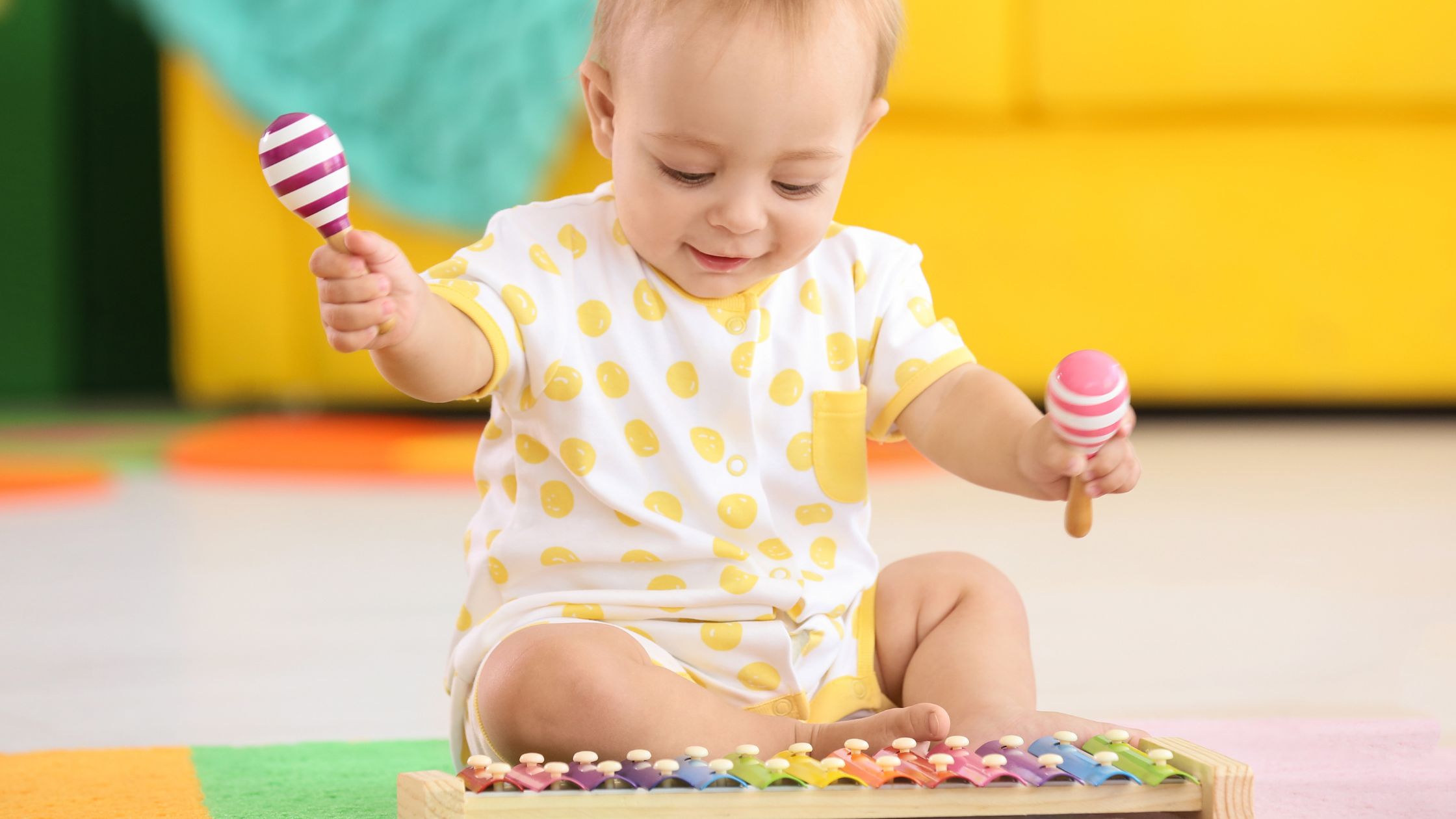Music: One Of The Most Versatile Activities For Fine Motor Skills
We use it to relax, to communicate, and it can enhance almost any social occasion. Music is also a fantastic learning tool, and this article introduces ideas that may be used to develop fine motor skills in the early years.
Fine motor skills is an essential skill in the world in which children are growing. So many actions become automated as adults, but thinking a little more, many activities rely on the ability to, for example, grasp things between finger and thumb (writing, sewing and other crafts, sports, and countless duties in most jobs).
The biggest challenges that children’s workers have are to make activities easy enough to try, interesting enough to want to do and repeat, and hard enough to feel a sense of achievement. Music solves this triple challenge beautifully just because it is music.
Music is one of the most engaging activities, with well-publicised findings that every area of the brain responds when we participate in musical activities, from listening to singing. This is one of the reasons that it is one of the most accessible therapies for such a wide range of health conditions. It also triggers ‘feel-good’ hormones, making time feel enjoyable and, well, timeless, because it is so enjoyable. So how can music be used to develop fine motor skills?
One of the recommendations from the 2020 report on the State of Child Health suggests an increased focus on a child’s first 1,000 days of life – a.k.a. the early years. The Ages and Stages Questionnaire provides further activity suggestions specific to fine motor skills, including grasping, threading beads and unbuttoning clothes.
Song Suggestions To Incorporate Fine Motor Skills
Brahms’ Lullaby
Lullaby and good night,
Thy mother’s delight
Bright angels around,
My darling, shall stand.
They will guide thee from harms,
Thou shall wake in my arms.
They will guide thee from harms,
Thou shall wake in my arms.
Lullaby and good night,
With roses bedight
With lilies bedecked,
Is my baby’s wee bed.
Lay thee down, now and rest,
May thy slumber be blessed.
Lay thee down, now and rest,
May thy slumber be blessed.
This relaxing lullaby by Brahms was written for an old girlfriend on the birth of her child, and he created it as both a lullaby and a love song. Possibly the most well-known lullaby, this song is a great opportunity to sing and hold little one. One of the best ways to share music with children is by holding them close, up against you, to feel your breathing, feel the vibrations from your voice through your chest. Use your finger to trace patterns on them, on their back, arms, and legs, using fine motor skills to teach – and model – fine motor skills. In this way, little ones are both hearing and feeling the music – a magical time.
Cradle Song
Golden slumbers fill your eyes
Smiles awake you when you rise
Sleep, pretty darling, do not cry
And I will sing a lullaby
Rock them, rock them, lullaby
Care is heavy, therefore sleep you
You are care, and care must keep you
Sleep, pretty darling, do not cry
And I will sing a lullaby
Rock them, rock them, lullaby
This lovely lullaby by Thomas Dekker (1603) came well before McCartney wrote the Beatles’ “Golden Slumbers”. Written in classic 6/8 rocking timing, this song is ideal for rocking little ones, clearly the purpose of the poem.
Alternatively, gently stroke little ones to sleep by tracing invisible lines on them, using your own fingers/hands. Gently moving your finger around the shape of their hands or (if not too ticklish) their feet, helping them to embody/feel the extent of their body. Not only does this activity help to develop proprioception (awareness of the position or movement of the body), but it also models fine motor co-ordination, which they in turn will imitate on their own dolls, teddies or other toys. Proprioception is an important element in developing individual identity, and this is a gentle, calming way to do this.
My Favourite Things
Raindrops on roses and whiskers on kittens
Bright copper kettles and warm woollen mittens
Brown paper packages tied up with strings
These are a few of my favourite things
Cream-coloured ponies and crisp apple strudels
Doorbells and sleigh bells and schnitzel with noodles
Wild geese that fly with the moon on their wings
These are a few of my favourite things
Girls in white dresses with blue satin sashes
Snowflakes that stay on my nose and eyelashes
Silver-white winters that melt into springs
These are a few of my favourite things
When the dog bites
When the bee stings
When I’m feeling sad
I simply remember my favourite things
And then I don’t feel so bad
This is a lovely song that introduces vibrant imagery that many people will relate to, especially children. Bringing hope and positivity, this song can be used for a number of activities developing fine motor control.
Using blue, scented playdough to make ‘raindrops’, and folding or cutting red craft paper into ‘roses’; polishing copper ornaments and threading wool into shapes, like mittens; tying pieces of string (with or without the packages – literally every line is a fine motor activity suggestion, even holding crayons or pencils to draw the stripes of the bees. And listening to or singing the song can help to remind us of the sequence of the activities!
Fine motor co-ordination is an essential life skill that enables us to do so much more. There are so many activities that as adults we take for granted, and do so much quicker than children – and it can be so tempting to do them for our children to save time. The gift of time cannot be over-emphasised: making time to play, time to learn, time to sing. Here’s hoping you can make time to sing today!

